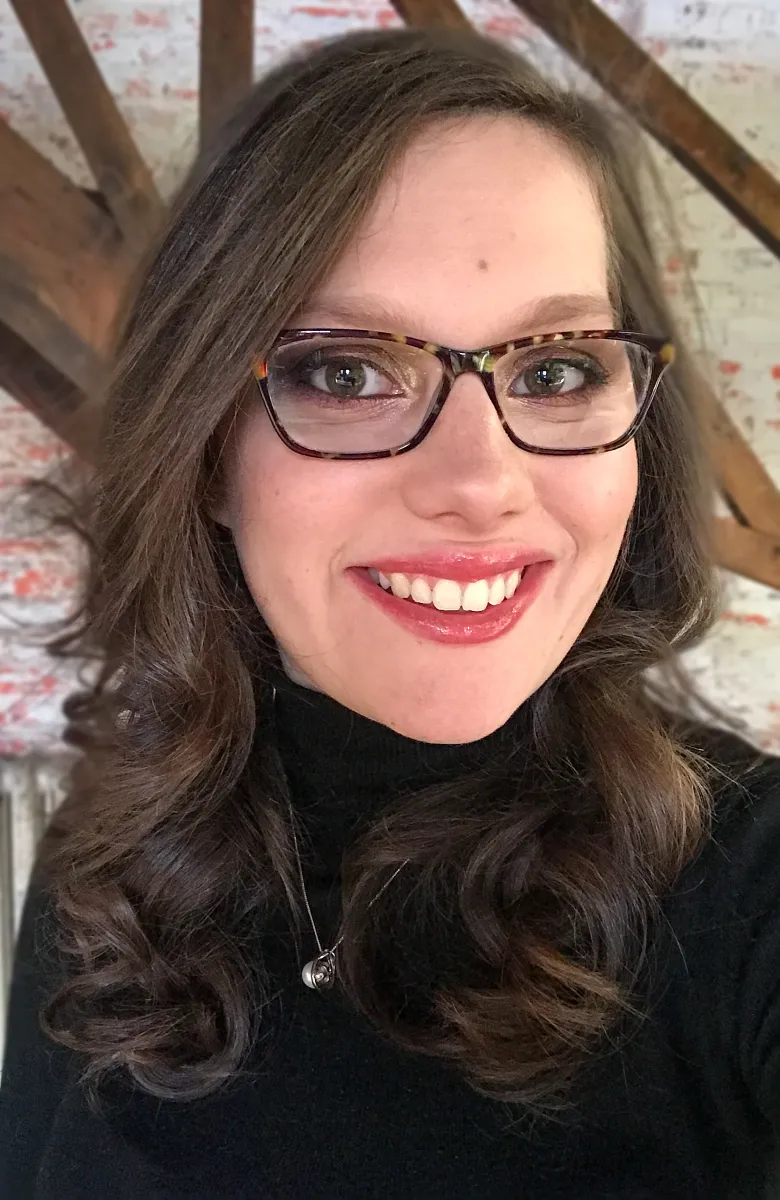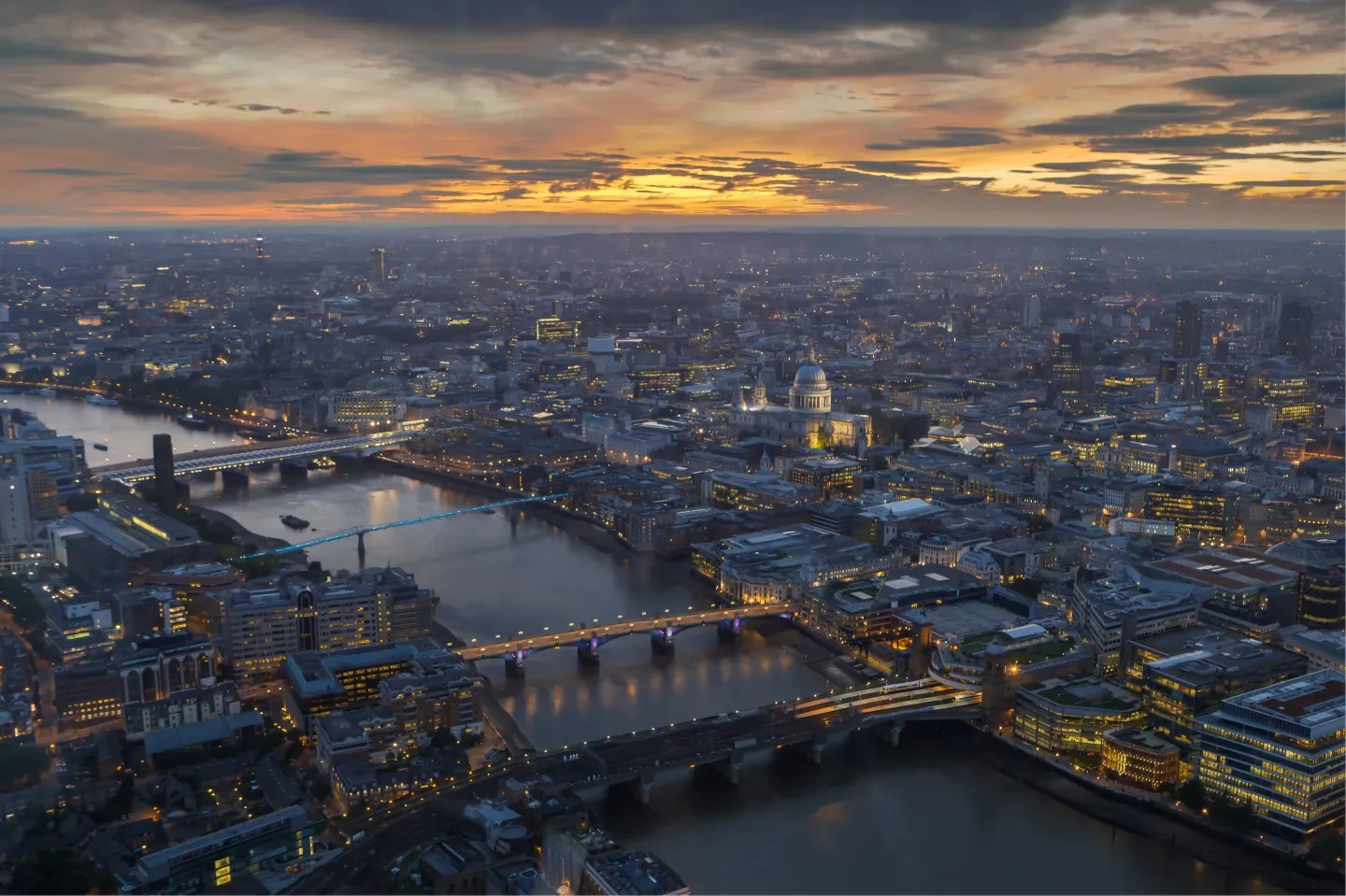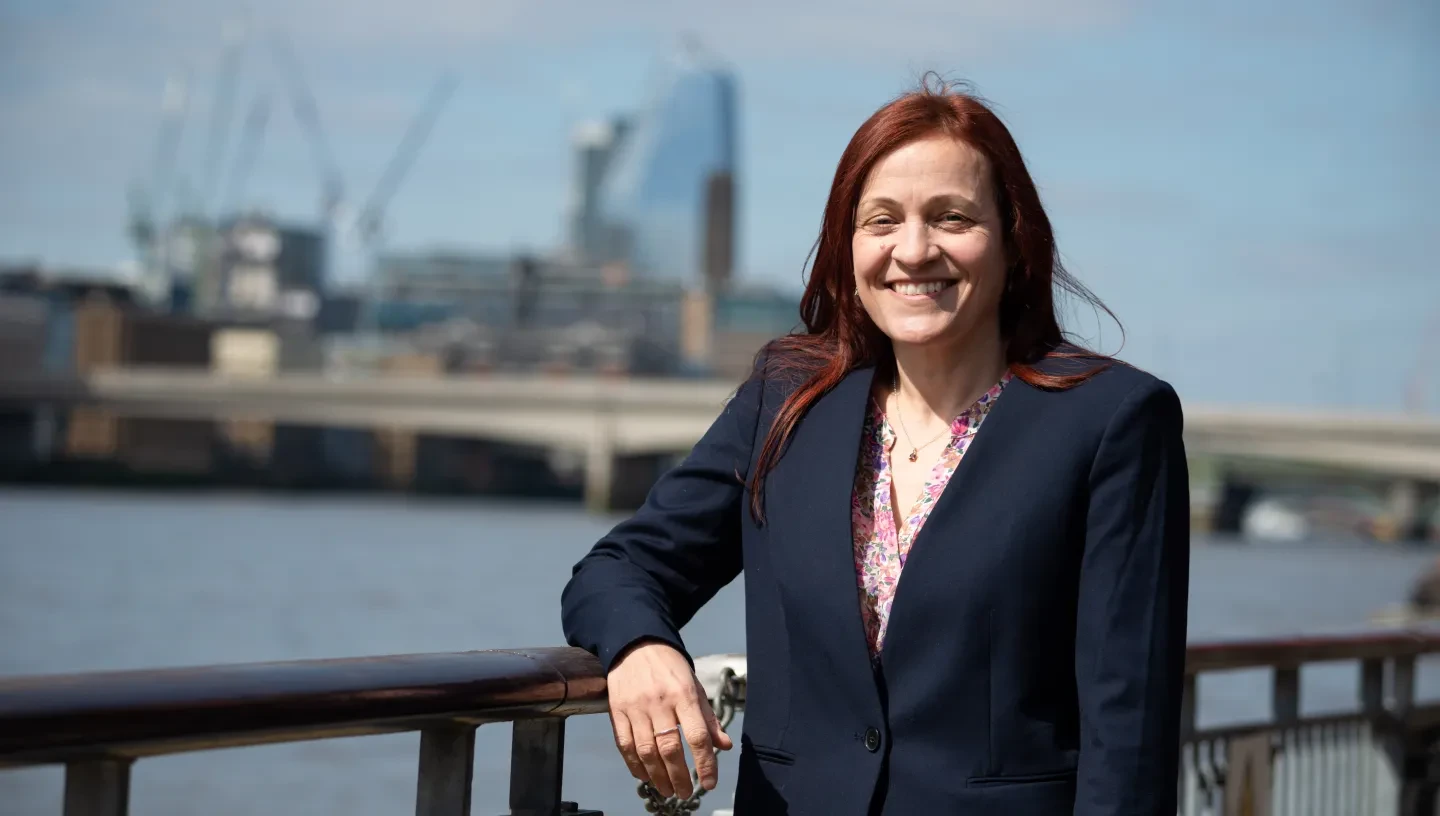
Standing on the quayside at Tilbury Docks, an 18-year-old Cathryn Spain was amazed at the size of the container ship that would take her on her first journey to sea.
Cathryn had never imagined a life as a seafarer. Until the age of 16, she had set her hopes on joining the Army, but after hearing that many of the women going into the military seemed to work in administration posts, she decided to choose a different career path.
She learned about a cadetship with P&O Containers. The opportunity to gain practical experience at sea and a formal qualification – all sponsored by the shipping company – seemed appealing.
For the next 18 years, Cathryn worked her way up the ranks of the Merchant Navy, working on container ships, cruise ships and short sea ferry services.
In 2006, Cathryn embarked on a new challenge as an Assistant Harbour Master: a move that would change the course of her career.
Today, Cathryn is Senior Harbour Master at the Port of London Authority, overseeing navigational safety on 95 miles of the River Thames.
From driving hovercrafts to encountering beluga whales in Gravesend, she gives an insight into her varied career.
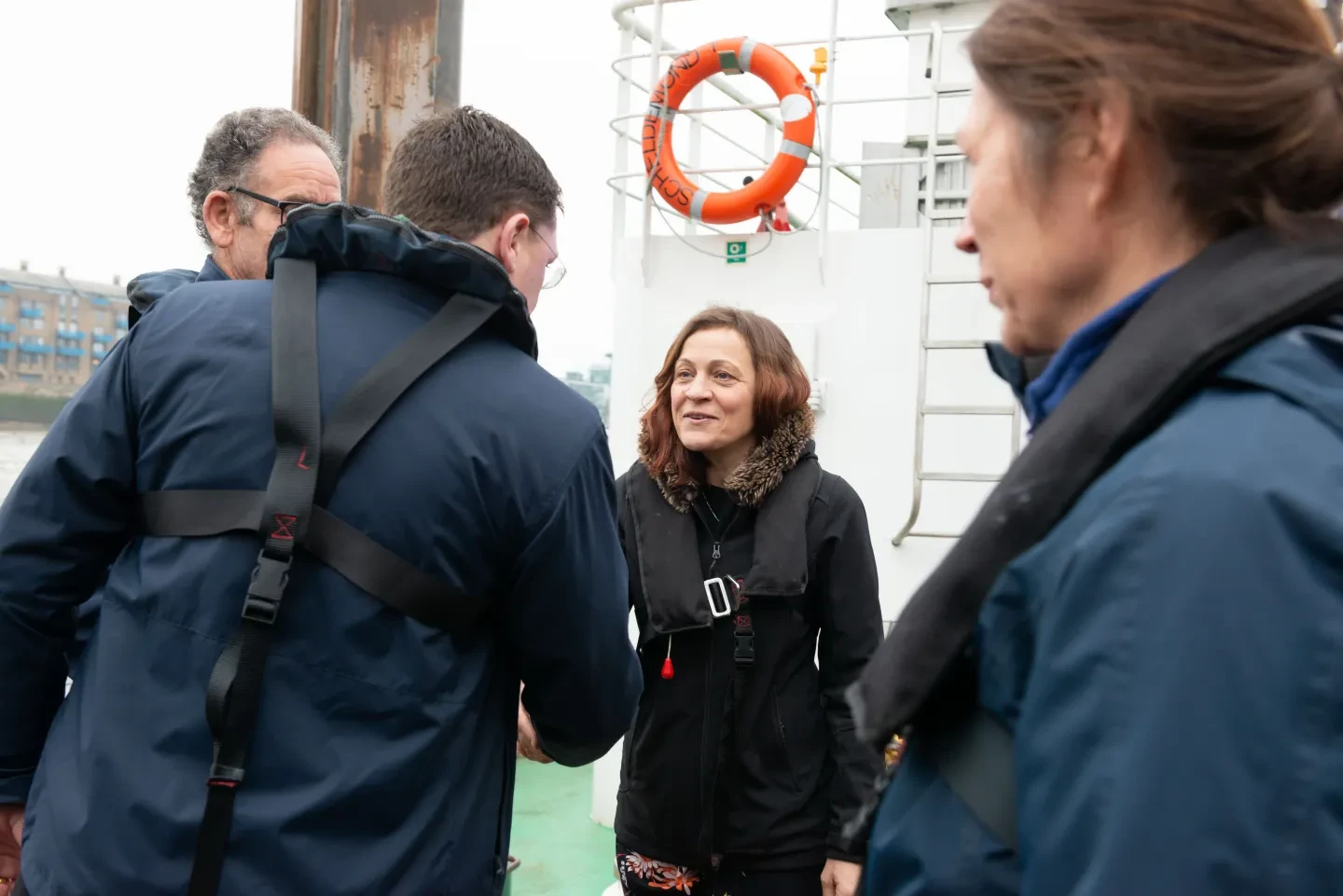
You began your career in the Merchant Navy. What were your experiences at sea?
On my first trip to sea, I circumnavigated the world, working as a Deck Cadet on board a P&O container ship. During my cadetship, I was involved in everything from maintaining the ship to learning how to navigate using the stars. While we had satellite navigation systems on board, these were still quite basic, so we had to learn how to take sights using sextants, a skill that was especially useful when we were traversing the long ocean passages.
One of my favourite roles was working as a First Officer for Hoverspeed, a ferry company that was based in Dover. The hovercraft company ran services between Dover and Calais, and could carry 50 cars on board.
It was a brilliant job; I got to drive the hovercraft, which was great fun. Steering a hovercraft was completely different to manoeuvring a ship: it was like driving an old aircraft. There were rudder pedals and a yoke for steering, as well as propellors and fins.
Because the crafts moved through air, they were fast. The crafts had large blowers which trapped air in the ‘skirt’ beneath the vehicle. This then inflated to create an air cushion, and the craft floated along on top of it. On a flat, calm day, we could go up to 60 knots – three times faster than a ferry. When I was travelling through the Dover Strait, I had to keep out of everybody’s way and look for a gap in the traffic – by the time other ships had spotted the craft, I had probably already passed them!
After ten years of working my way through the nautical qualifications, I received my Master Mariner certificate, which was one of my career highlights.
How did your transition to Harbour Master come about?
I had been working as a Chief Officer at Hebridean Island Cruises – a job that took me to places such as the Western Isles of Scotland, as well as the Maldives and the Seychelles – but after having my daughter, I wanted more of a shore-based role.
I secured a role at Peel Ports Medway, which is based in Sheerness in Kent, and the Medway Harbour Master suggested I work as a Vessel Traffic Services Officer. I was born on the Isle of Sheppey in Kent, and even lived a short distance from Peel Ports Medway growing up, but didn’t know much about it.
The role was the equivalent of air traffic control, but for ships. The officers monitored the vessels coming in and out of the harbour 24 hours a day, and organised the vessels and navigational safety. Shortly after completing my Vessel Traffic Services Officer training, there were some organisational changes, and I went straight into a position as an Assistant Harbour Master and worked my way up to become a Harbour Master.
As part of my role, I was involved in developing the Port’s safety management system and overseeing and regulating navigational safety. I was probably the first female Harbour Master of a large, significant port, which I didn’t think much about at the time! While the job was a steep learning curve at first, I’ve never looked back.
You now work as a Senior Harbour Master at the Port of London Authority. What does daily life involve?
I enjoy the diversity of the job – every day is different. As Senior Harbour Master, I’m part of a team responsible for navigational safety on 95 miles of the Thames, from Teddington in south-west London to the outer limits, which extend just beyond Southend-on-Sea on the Thames Estuary in Essex.
It’s a big area to cover, with a variety of river usage. The lower end of the river is home to the big commercial berths, such as London Gateway, Tilbury Docks and the oil and freight jetties at Dartford – this section is more of a traditional commercial port. Further upriver, there’s the Thames Barrier, and then you get into central London with all the bridges. Here, you have lots of commuter boats, party boats, small freight and tugs and tows going to the smaller jetties.
Once you get between Teddington and Putney, there are a few small cruise boats, but there are more recreational activities taking place such as rowing.
As there are so many different things going on, I work with our team of Harbour Masters to enforce rules and regulations around the management of traffic, including setting speed limits.
We’re also involved in incident investigation: looking into near misses and collisions, and trying to prevent navigational incidents from happening. We do come across lots of minor contacts, where vessels misjudge the distance of a berth, land heavy and put a dent in the side of the ship. We recently had an incident where a tanker was backing off an oil jetty and collied with another jetty behind it, causing damage to the ship and the jetty. Thankfully, collisions are very rare for large vessels, but each incident requires a full investigation.
A large part of our job is looking at proposed development, working with London boroughs and relevant stakeholders to see how planned projects could impact navigational safety. We’ve been involved with schemes such as the Thames Tideway Tunnel and the Lower Thames Crossing. Ultimately, we want to make sure everything can be accommodated safely.
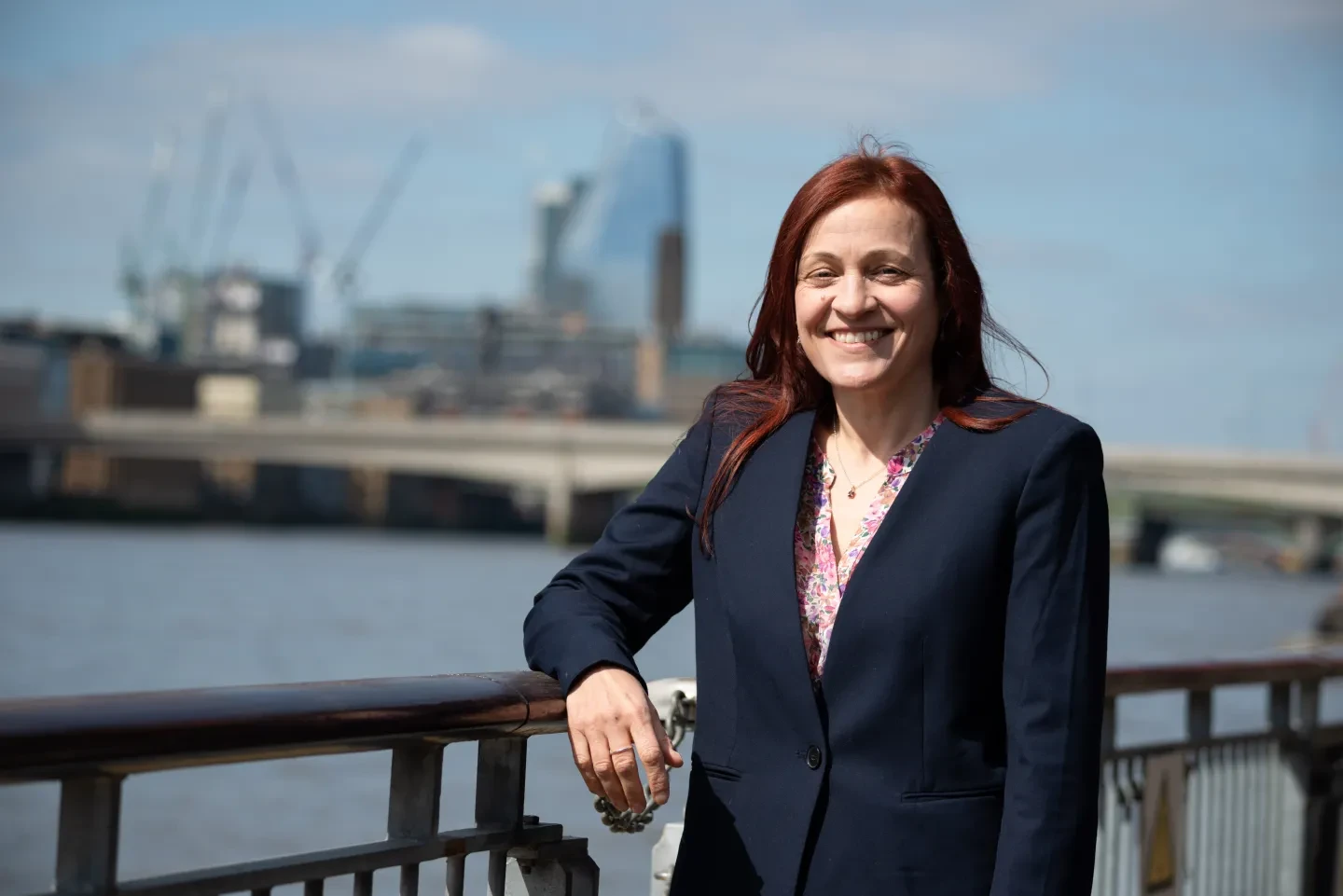
Have you seen any unusual things in the Thames?
Not too many, although you never quite know what you might come across!
A few years ago, a young beluga whale, known as Benny, appeared in the Thames Estuary by our offices in Gravesend.
He stayed there for a few weeks, and we worked closely with wildlife organisations to ensure he was safe, and made sure that ships passed by slowly. Then, one day, he disappeared – he never washed up anywhere, so we assumed he must have left the Estuary.
We recently had a report of a skeleton in the mud outside our office, but on closer inspection, it turned out to be a load of old rope!
You’re part of the UK Harbour Masters’ Association and Maritime UK’s Diversity in Maritime programme. How important is it for women to see themselves represented in the industry?
When I started my cadetship, I was one of three women in the training college, and on some trips, I was the only woman on board a ship. While I didn’t find that particularly difficult – I was a tomboy and grew up with older brothers – I think it’s important that young women are offered mentoring from women working in the maritime industry. They can talk to someone who has been through similar experiences, and if they have people supporting them, they are more likely to stay in the industry.
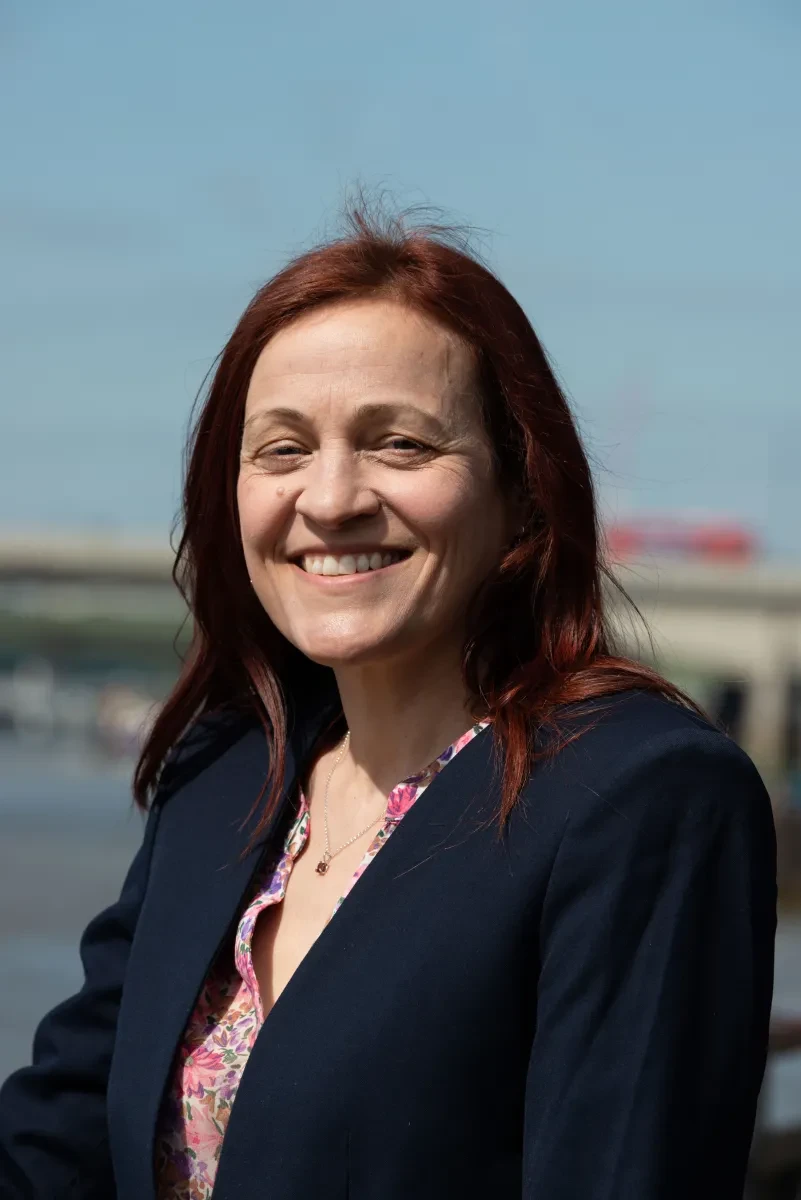
While working environments in the maritime industry have got better, there’s more to be done. I still hear stories of young women working in the ports and at sea who are experiencing harassment and discrimination. There are other elements that need to change too: for example, ensuring that there are appropriate changing facilities on the shoreside and appropriate provisions for ships in ports.
When I was younger, I wasn’t involved in discussions about women in maritime: I wanted to think that I achieved my career successes on my own merits rather than getting there because I was a woman. Now, I’ve got more of an interest.
I was at an industry event about gender equality and inclusion, and one of the speakers mentioned that she previously felt uncomfortable about having a seat at the board – a position she felt she got because she was a woman. But, she realised, by having a seat at the table, you’ve got a voice. Her words resonated with me: it doesn’t matter how you got there, it’s what you do in that position that counts.
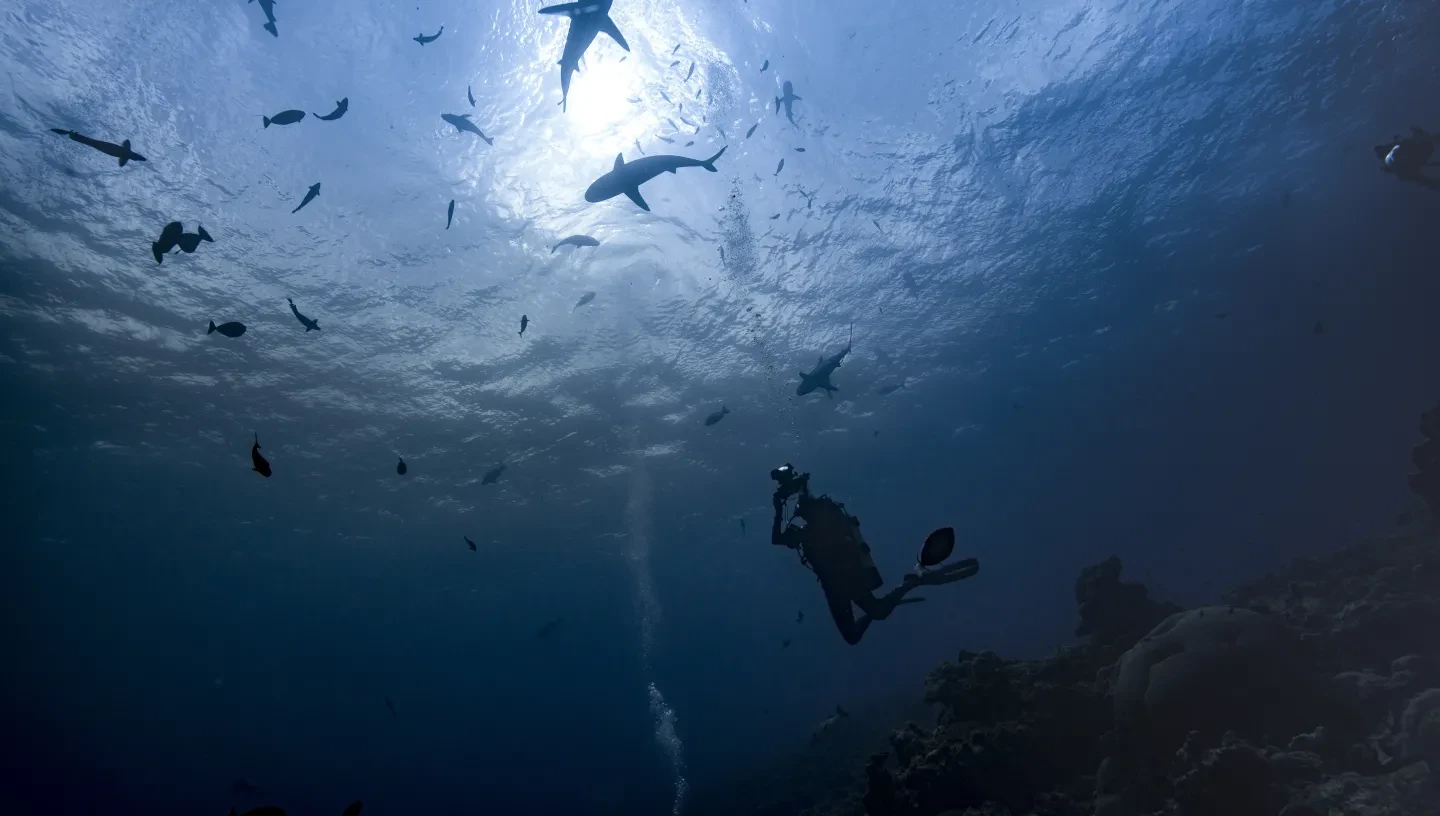
Making Waves
As told to Elizabeth Oliver, Digital Content Producer at Royal Museums Greenwich
Images courtesy of the Port of London Authority.
